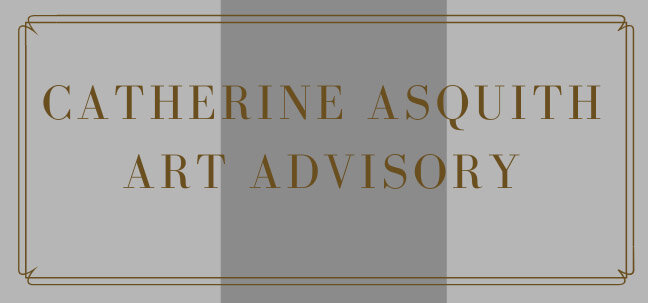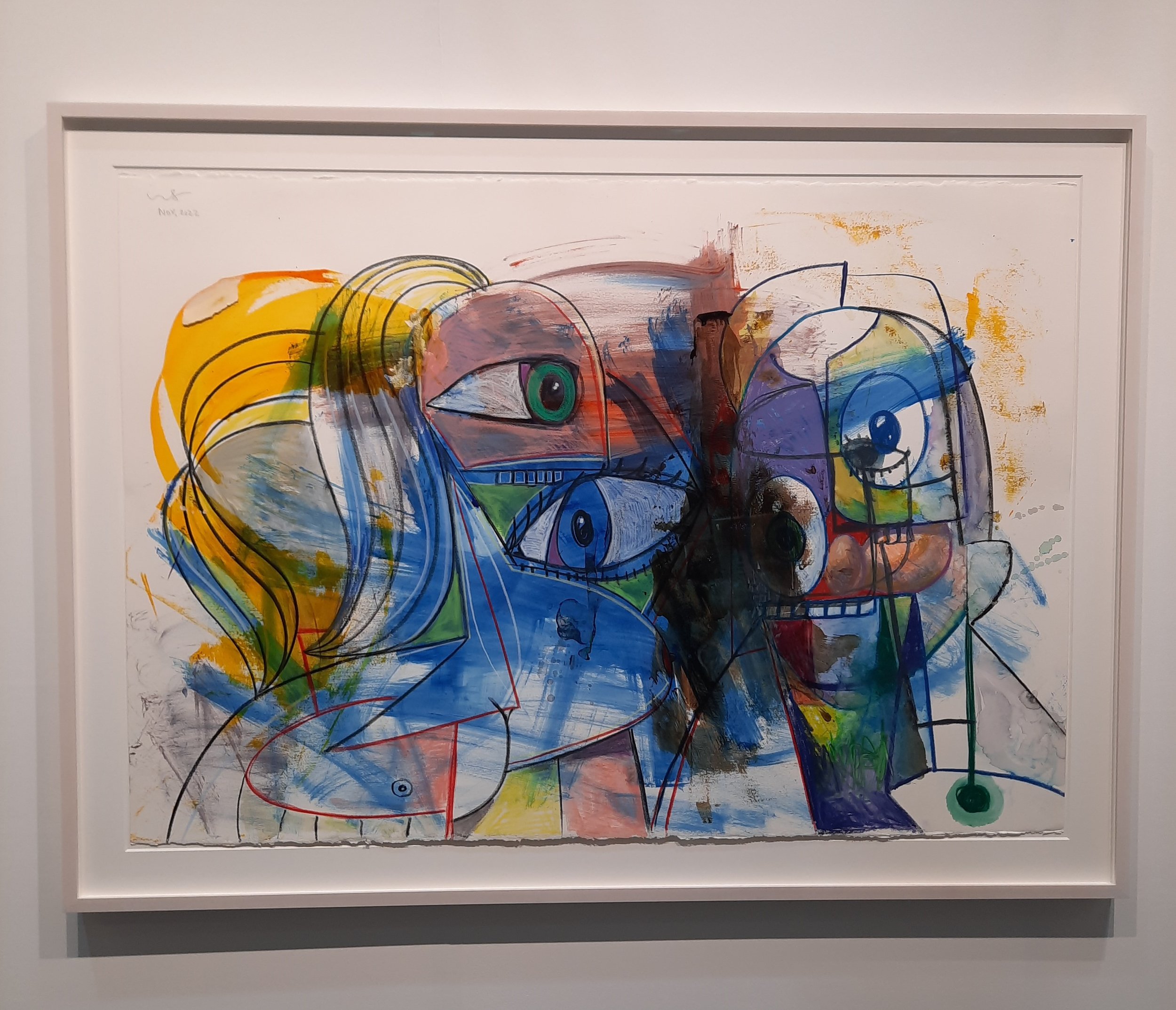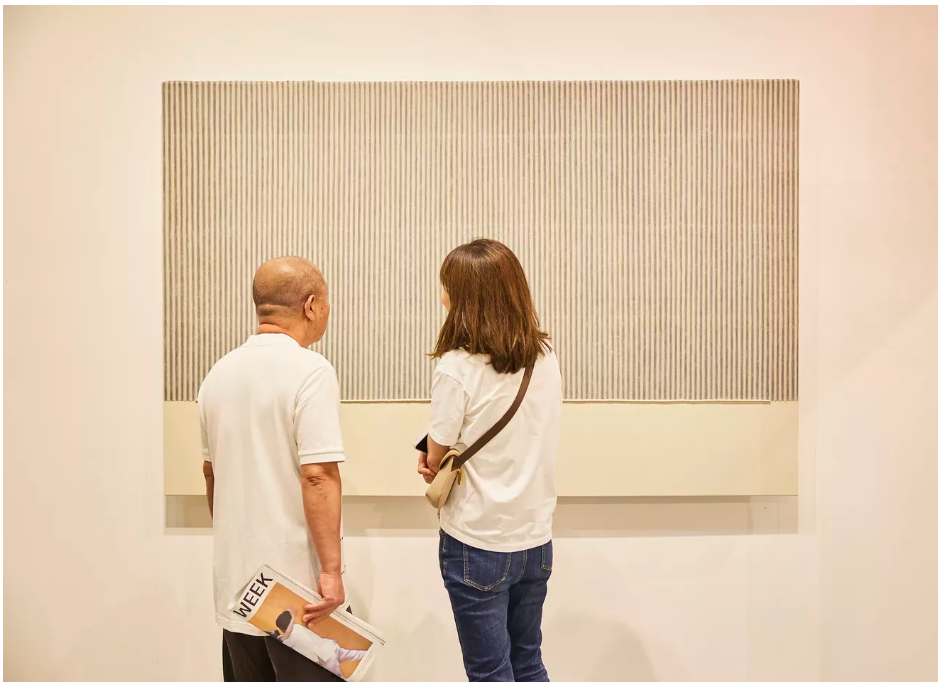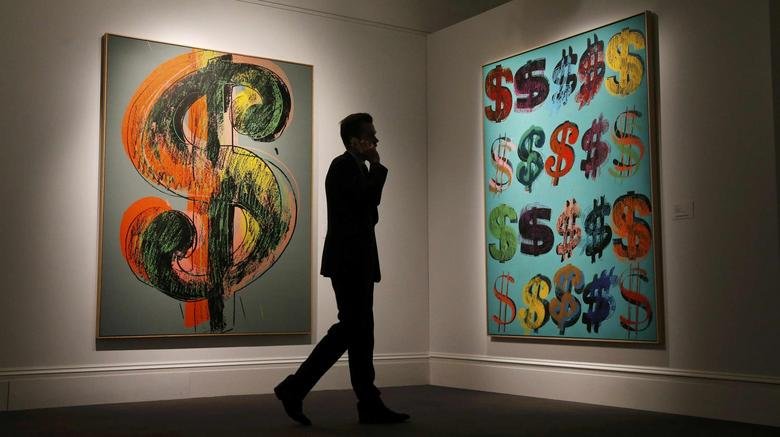Touted as Australasia’s premier art fair, Sydney Contemporary returned to Carriageworks last week, with a new director at the helm, 86 participating galleries, 14 of whom were exhibiting for the first time, and a roster of artists from “a wide geographical spread”.
The VIP Preview, the day scheduled before officially opening the turnstiles to the public, is invariably a litmus test for the forthcoming week: foot traffic, audience response, general demeanour of the gallerists, art fair staff, and of course, sales, are all measured. An art fair acts as something of a barometer, taking the temperature of a market for the region. Expectations are high as galleries have staked their artist choices, artists have entrusted their representatives, and art fair staff have encouraged the galleries’ participation; all are banking on a successful outcome. For new Fair Director Zoe Paulson, the pressure would have been considerable at this juncture.
On the following morning the verdict was in: Sydney Contemporary had commenced with aplomb. Galleries were comfortably vocal about their sales from the previous evening and were encouraged by the enthusiasm, response and attendance. Art critic for the Herald-Sun John McDonald, in his inimitable fashion had proclaimed (before the Fair had officially commenced), “Sydney Contemporary has always been more successful than its Melbourne counterparts… Maybe it’s to do with the climate, but Sydney people just love turning out for a big public hoopla and spending money.”[1] No doubt the spending part has water, as this was relayed to me by several gallerists, whose broad smiles and wide-eyed glee were telling. One gallerist was especially ebullient, observing “people were actually spending, actually buying art, fronting up and buying”. In the following days, according to my enquiries most galleries continued to cover their costs and make a profit with ongoing sales.
The curatorial strength of an art fair is also part of the success equation. Refreshingly, the ubiquitous commissioned large scale installation programme inherent to many art fairs, worked on this occasion. “Installation Contemporary” was intelligently curated by Artspace’s senior curator Talia Linz. Designed to showcase works that “extend beyond the traditional booth presentation”, allowing for an innovative and interactive response to the unique architecture of Carriageworks, the selected artists’ works pleasingly punctuated the fair, adding further visual stimuli and dimension. Notable installations were Patricia Piccinini’s three-piece suite of works, The Cloudgazer, 2024, Sensuous Gyre, 2024, Shoeform (Tresses), 2019, Rebeccca Bauman’s atmospheric Refracted Field 2024, and Cybele Cox’s “feminist, fantastical and grotesque” Carnival of Fools, 2016-19.
Curating a stand is a delicate balancing act, and strategies to lure the audience and the right collector to one’s booth are a constant challenge for both gallery and art fair. On occasions some art fairs have mandated solo presentations from the exhibitors, purportedly to provide more focus for collectors. Whilst this criterion was not implemented this year by Sydney Contemporary some galleries elected to present one artist, and unfortunately the result was an unappealing, saturated and confusing presentation, of otherwise well-regarded artists. Exceptions to this were LON Gallery for an intimate and sublime presentation of Indian artist Devi Seetharam’s figurative paintings, The Secondary Eye’s stunning retrospective of Warnum artist, Queenie McKenzie, and Void Melbourne’s carefully considered display of works by Oliver Wagner.
For those galleries who opted for the curated group presentation honourable mentions need to go to: Roslyn Oxley 9 Gallery for a beautifully balanced presentation of Louise Hearman’s dark and dream-like oil paintings, Bill Henson’s celebrated “Paris Opera Project”, the architectural marvels of Linda Marrinon, and works from the estate of Ms. N. Yunupiŋu; and Stark White’s symmetry of genre and palette with the stunning monochromatic works of Jonny Niesche, Gordon Walter’s historical, geometric paintings, Pae White’s elegant tapestry work and Dienna Georgetti’s aptly titled “The Collector”.
As with any arts and cultural experience, the ultimate test is the ‘take-away’; what resonated the most, what did you discover and what will remain. As an art advisor, my expectation of an art fair is to be stimulated, provoked, possibly challenged, and certainly informed. In this respect, a personal highlight from the Fair was my invigorating conversation with gallerist Ryan Moore (Fine Arts Sydney) about the octogenarian and eminent abstractionist Gretchen Albrecht. Apart from this gallerist’s charisma and clearly, abundant knowledge, the experience left me with wanting more.
If an art fair experience leaves you with anything, it should do this.
[1] McDonald, John, “Sydney Contemporary”, Sydney Morning Herald, 5 September 2024
Images:
Patricia Piccinni, Installation Contemporary
Jonny Niesche @starkwhite
Devi Seetharam @longallery
Linda Marrinon @roslynoxley9
Oliver Wagner @void_melbourne
Gretchen Albrecht @fineartssydney







































